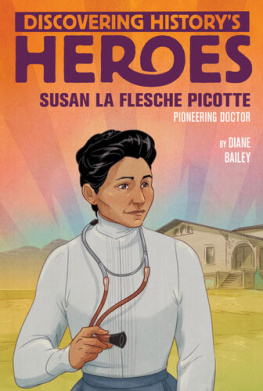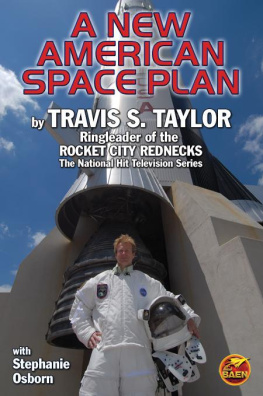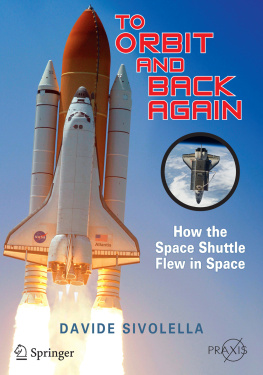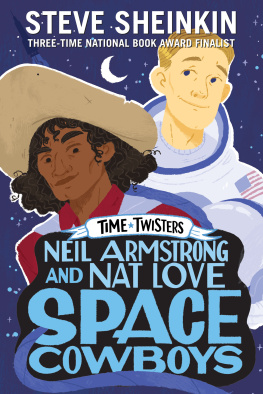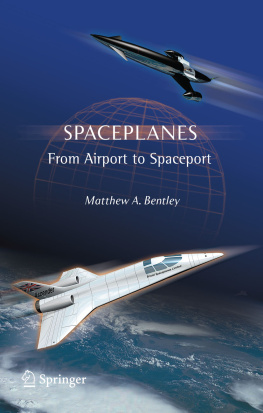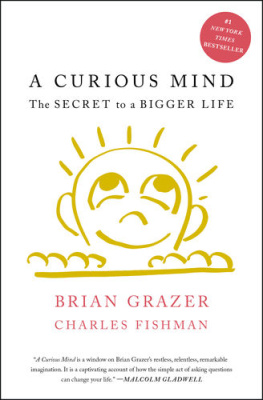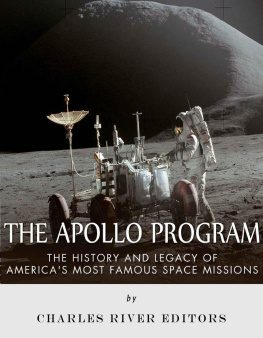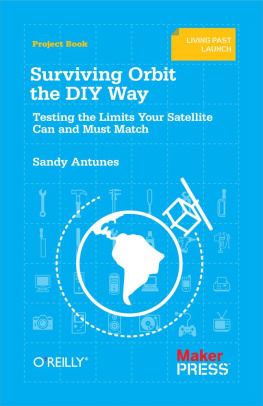THEY ALL LAUGHED AT CHRISTOPHER COLUMBUS:
AN INCURABLE DREAMER BUILDS THE FIRST CIVILIAN SPACESHIP
A Bantam Book
PUBLISHING HISTORY
Bantam hardcover edition published October 2002
Bantam trade paperback edition / October 2003
Published by Bantam Dell
A Division of Random House, Inc.
New York, New York
All rights reserved
Copyright 2002 by Elizabeth Weil
Drawings by Daniel Lynch
THEY ALL LAUGHED, by George Gershwin and Ira Gershwin 1936 (Renewed) George Gershwin Music & Ira Gershwin Music. All rights administered by WB Music Corp. All Rights Reserved. Used by Permission WARNER BROS. PUBLICATIONS U.S. INC., Miami, FL 33014
Library of Congress Catalog Card Number: 2002018665
No part of this book may be reproduced or transmitted in any form or by any means, electronic or mechanical, recording, or by any information storage and retrieval system, without the written permission of the publisher, except where permitted by law.
Bantam Books and the rooster colophon are registered trademarks of Random House, Inc.
eISBN: 978-0-307-76719-6
v3.1
For my parents, Judy and Doug Weil,
and for Dan
CONTENTS
The lie of a pipe dream is what gives life to
the whole misbegotten mad lot of us.
EUGENE ONEILL , The Iceman Cometh
P eople have always dreamed of leaving the planeton the backs of eagles, tied to flocks of trained geese, by magnetic attraction, in a chariot drawn by four red horses in search of Orlandos lost mind, and with the morning dewand when, in 1969, American astronauts finally reached the moon in a Saturn V rocket, the nature of that dreaming changed for good. The moon voyage offered a trifecta of fulfillmentblasting off on the ride of ones life, tasting the unearthly pleasures of the firmament, and then returning home. It was the dream of adventure, the dream of heaven, the dream of rebirth, all rolled into one. It was, perhaps, the most beautiful dream that ever was, and as such, its apparent attainability confused a generation of American males like few other dreams in our countrys history.
Anybody whos ever had a persistent, pressing dream knows that the more one learns about ones fantasy, and the closer one comes to attaining it, the more ornately that fantasy can colonize ones imagination and thoroughly ruin ones life. Just as the address and the work schedule of the beautiful woman can do the crushed-out man more harm than goodproviding heretofore unimagined arenas for nuisance and imbecilityso too the details of the coming space age. In 1953, the great missile designer and former Nazi Wernher von Braunby then living in the United Statespublished Conquest of the Moon, which included sober, meticulous engineering plans for fifty-seater passenger rockets. Young boys started wearing their mothers punch bowls like space helmets and walking around in homemade space suits. In 1958, von Brauns fellow German expatriate, the anti-Nazi Willy Ley, followed with Space Stations, an honest-to-goodness primer for life on a space colony, where everybody would be smart, the weather would always be perfect, and you could always come in from a space walk, drink a Coke, and radio your girl. Young men began studying naval architecture and preparing careful foam core models of intergalactic ships. So it was not entirely good for mass mental health when finally one day in 1969, there he was: Neil Armstrong standing on the moon, taking snapshots of his buddy, Buzz. NASA had proven it could be done, and like the neighbor who actually wins the lottery or marries the beautiful woman, the feat primarily served to make young earthbound men jealous, and to make Gary Hudson more committed, more attached than ever, to that elusive, tripartite dream.
Gary, then nineteensandy-haired, lanky, with a hiccuping, innocent laughhad grown up in Saint Paul, Minnesota, obsessed with the Disney television series Man in Space, and in 1971, he dropped out of college to pursue a career building spaceships with little more to recommend him than an eleventh-grade science fair prize earned from Saint Bernards High School and a toaster hed dismantled to look at the parts. Apparently, hed bought the idea of astronauts as nice boys with short haircuts and pretty wives (not as functionaries in an extravagantly expensive top-priority military game), so he spent the next fifteen years founding and bankrupting rocket engineering companies. He spent two years trying to build a long, skinny rocket called the Liberty, one year trying to build a Big Dumb Booster called the Percheron, and six more working on a short fat torpedo called the Phoenix (for which Tom Clancy helped Gary to raise funds). His only near-success came in 1981: the Percheron reached its launch pad on Matagorda Island, from which it blew up, starting the biggest cow chip fire in Texas history.
Five years later, on January 28, 1986, Gary stumbled downstairs in his Redwood Shores, California, apartment and watched on his television as the space shuttle Challenger exploded in a hypergolic burn 46,000 feet above Cape Canaveral, the right solid rocket booster separating from the external tank, the orbiter breaking into several huge chunks, each lighting up in a pure hydrogen-oxygen fireball and each careening downward in a doomed and blazing arc. In NASA parlance, at 12:47 P.M. EST, shuttle mission 51-L catastrophically disassembled while traveling at a Mach number of 1.92, killing all seven members of the crew. A horrible tragedy, but for Gary it was oddly tinged with hope. The accident undermined NASAs monopoly in the manned rocket business. With the moon race won and the agency lacking political imperative, chronic space dreamers like Gary now staked a plausible space claim.
At the time of the Challenger explosion, Garys then-company, Pacific American Launch Systems, his fifth thus far, had a contract to build the Phoenix rocket for Society Expeditions, an adventure-trip outfitter selling speculative tickets to prospective space tourists. That hed proposed the Phoenix at all was an impressive display of self-confidencethe last rocket hed successfully built and launched was in 1972, from a store-bought Estes kit, a model MK-109 Stingray, sixteen feet tall by one inch wide. But part of the power of a dream is that it whisks the dreamer away from the burden of reason, so after the Challenger accident, Gary calmly fielded questions, placating clients whod called to wonder why, if NASA couldnt build a non-lethal spacecraft, Gary thought he could.
Garys responses veered toward the philosophic and arcane. His Phoenix, he replied, did not use solid rocket boosters, the shuttle component that first analysis suggested had failed. (Richard Feynman, of course, later set a glass of ice water before the television cameras and proved the culprit to be the O-rings.) Furthermore, Gary submitted, who was to say that NASA itself was good at building rockets? No savvy motorist would buy a government-built car, and no aerospace veteran was surprised when the Challenger blew up. As early as 1973, the great von Braun had described the shuttle program as crossing a river in a rowboat with an elephant in it. When he rocks, you rock. When he doesnt rock, you dont. When you get to the other side, then you think of changing the arrangement.
That morning, along with the Challenger,


